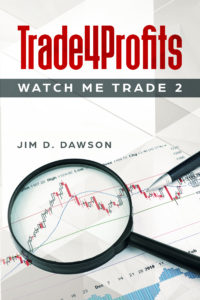What are Fibonacci Levels
Fibonacci lines are a very popular tool technical investors use to determine potential price action. They use them to help find support and resistance points. In fact, they may very well be the most popular of all trading tools.
We know there are many people that do not believe in Fibonacci Levels or other technical analysis tools but even if you don’t believe in the premise behind them just remember this: If enough people believe in something and start trading based on that tool then it becomes a self-fulfilling prophecy of sorts. It works because people make it work.
Now, we do believe that many technical analysis tools that actually help you identify where buyers and seller are actually located.
But, on to Fibonacci Levels.
Fibonacci (Leonardo Pisano Bigollo) was an Italian mathematician that lived from 1170 to 1240. He is considered to be one of the most talented mathematicians of the Middle Ages.
He did a lot but what we are concerned with is his work on the Fibonacci Sequence, which is one of the most famous formulas in mathematics. This work is tightly connected to what is known as the Golden Ratio.
To calculate Fibonacci Levels you take two extreme points such as a swing high or swing low and divide the vertical distance using key Fibonacci ratios of 23.6%, 38.2%, 50%, 61.8% (Golden Ratio) and 100%.
Each of these lines represent potential support and resistance levels.
Now, why do these work? We have no idea!
But if you plot Fibonacci Levels on your chart you will notice how they affect prices on the chart. Perhaps it is like we said, people believe it will work so it well.
We use them, but not as a single trigger to enter a trade. We use them to identify areas where we can look for other trade triggers like a trend line brake or candlestick.
We see Fibonacci Levels as one more tool in our trading arsenal.
Originally Published by Jim Dawson on Trade4Profits.com






